The HydraFacial has become a gold standard in modern skincare for delivering a glowing, smooth, and deeply hydrated complexion. But one of the most common questions asked is, how often should you get a HydraFacial to maintain its benefits and support overall skin health? The answer varies depending on your skin type, goals, and concerns. For most people, once a month is ideal, but others may benefit from more or less frequent sessions. Understanding how often to schedule a Hydrafacial Treatment (علاج الهيدرافيشل) can help you achieve the best possible results without overdoing it.
What Is a HydraFacial and Why It’s So Popular?
A Brief Overview of HydraFacial
HydraFacial is a non-invasive, multi-step facial treatment that uses patented vortex-fusion technology to cleanse, exfoliate, extract impurities, and hydrate the skin.
- Combines deep cleansing with powerful hydration
- Uses custom serums based on your skin needs
- Safe for all skin types and tones
- Zero downtime and instant glow
Why Regular HydraFacials Matter
Like any skincare routine, consistency is key. One session provides immediate results, but regular treatments offer long-term improvements in tone, texture, and hydration.
- Encourages healthy cell turnover
- Keeps pores clear and reduces breakouts
- Prevents buildup of dirt and dead skin
- Supports collagen and elasticity maintenance
Table: HydraFacial Frequency by Skin Type
| Skin Type | Recommended Frequency | Goal Achieved |
|---|---|---|
| Oily/Acne-prone | Every 2–3 weeks | Clear pores, reduce oil and breakouts |
| Normal/Combination | Once a month | Maintain smooth and balanced skin |
| Dry/Sensitive | Once every 4–6 weeks | Boost hydration and reduce flakiness |
| Aging/Mature | Every 3–4 weeks | Stimulate collagen and firmness |
How Skin Condition Influences HydraFacial Frequency?
For Acne-Prone or Oily Skin
If you struggle with frequent breakouts or oily skin, HydraFacials can play a powerful role in managing oil production and clearing pores.
- Helps unclog blackheads and minimize congestion
- Reduces inflammation and redness
- Controls excessive sebum with salicylic acid boosters
Recommended Schedule: Every 2–3 weeks during active breakout periods. Once stabilized, shift to monthly maintenance.
For Aging or Sun-Damaged Skin
Mature skin benefits from HydraFacial’s ability to infuse antioxidants, peptides, and hyaluronic acid.
- Reduces fine lines and wrinkles
- Improves skin elasticity and firmness
- Brightens dull complexion
Recommended Schedule: Once every 3–4 weeks for optimal collagen support and rejuvenation.
Table: Recommended Booster Options for Skin Concerns
| Skin Concern | Suggested HydraFacial Booster |
|---|---|
| Acne | Beta-HD Clear with salicylic acid |
| Aging | Dermabuilder or CTGF growth factor |
| Pigmentation | Britenol brightening serum |
| Dehydration | Antiox+ with hyaluronic acid |
Seasonal and Lifestyle Considerations:
How Weather Affects Your Skin Needs
HydraFacial frequency may vary with the seasons as your skin adapts to temperature and humidity changes.
- Winter: Dry, flaky skin may benefit from additional hydration
- Summer: Increased sweat and oil production may require more frequent cleansing
- Travel: Exposure to pollution or climate shifts can stress the skin
Adjusting your treatment schedule helps maintain consistent results year-round.
Lifestyle Habits That Impact Your Skin
Certain lifestyle factors may mean you need more frequent sessions to support skin recovery.
- Heavy makeup use or daily pollution exposure
- Intense physical activity or sweating
- High-stress levels or hormonal fluctuations
Table: Lifestyle and Frequency Adjustment Guide
| Lifestyle Factor | Suggested Adjustment |
|---|---|
| Frequent makeup use | Increase to bi-weekly during events |
| Pollution exposure | Add detoxifying booster, every 3 weeks |
| High stress or hormonal | Monthly with anti-inflammatory serums |
| Traveling often | Hydrate-focused treatment post-travel |
HydraFacial Results Over Time:
What to Expect After One Session
Even after just one HydraFacial, most people notice a brighter, smoother, and more hydrated complexion.
- Pores look smaller and clearer
- Skin tone appears more even
- Hydration is instantly boosted
Long-Term Results with Regular Sessions
With routine treatments, the skin begins to show more consistent improvements.
- Fewer breakouts and less irritation
- Improved elasticity and fine line reduction
- Better absorption of skincare products
- Long-lasting radiance
Table: Results by Time Frame
| Time Frame | Expected Results |
|---|---|
| After 1 Session | Glow, softness, hydration |
| After 1 Month | Reduced congestion and smoother texture |
| After 3 Months | Brighter tone, reduced pigmentation |
| After 6 Months | Fine lines minimized, firm skin |
Side Effects and Signs You Might Be Overdoing It:
Minimal Side Effects
HydraFacial is known for being gentle, but some people may experience temporary sensitivity.
- Mild redness or tightness
- Tingling sensation during treatment
- Rare breakouts if skin is detoxifying
These side effects usually subside within a few hours.
Can You Get Too Many HydraFacials?
While the treatment is non-invasive, overdoing it can lead to:
- Over-exfoliation and skin thinning
- Increased sensitivity or dryness
- Disturbed natural skin barrier
Stick to your aesthetician’s recommendation based on your skin type and goals.
Table: Common Side Effects and Remedies
| Symptom | Cause | Solution |
|---|---|---|
| Redness | Temporary post-treatment response | Cool compress and moisturizer |
| Breakouts | Detox effect or poor aftercare | Gentle cleanser and hydration |
| Flakiness | Over-exfoliation | Reduce frequency, use barrier cream |
Maintenance, Aftercare, and Routine Integration:
Building HydraFacial into Your Routine
Think of Best Hydrafacial Treatment(أفضل علاج الهيدرافيشل) as a monthly deep clean that complements your everyday skincare.
- Maintain results with gentle daily care
- Use products with hyaluronic acid and antioxidants
- Avoid harsh scrubs or peels between treatments
Tips to Prolong Results
- Stay hydrated and get enough sleep
- Avoid direct sun exposure after treatment
- Use SPF every day to protect your glow
- Eat a skin-friendly diet rich in antioxidants
Table: HydraFacial Maintenance Checklist
| Task | Frequency |
|---|---|
| HydraFacial treatment | Every 4–6 weeks |
| Use hydrating serums | Daily |
| Apply SPF 30+ | Every morning |
| Drink 8+ glasses of water | Daily |
| Limit alcohol/sugar intake | Weekly moderation |
FAQs About HydraFacial Frequency:
How often should you get a HydraFacial for acne-prone skin?
Every 2–3 weeks initially, then once a month for maintenance.
Is monthly HydraFacial too much for dry skin?
No, it’s ideal for maintaining hydration and softness.
Can you get HydraFacials during pregnancy?
Yes, with pregnancy-safe serums and after consulting your doctor.
Will more frequent HydraFacials give faster results?
Not necessarily—overuse can irritate the skin.
Is HydraFacial safe for teens?
Yes, especially for managing oily or acne-prone teenage skin.
Conclusion
So, how often should you get a HydraFacial? For most people, a session every 4 to 6 weeks provides the perfect balance between skin rejuvenation and natural recovery. However, if you have specific concerns like acne, oiliness, or aging, your schedule may need to be more frequent, especially in the beginning. The key is to listen to your skin, consult with a certified professional, and adjust your frequency based on how your skin responds. When integrated into a well-rounded skincare routine, regular HydraFacials can keep your skin healthy, clear, and glowing all year long—making it one of the most reliable beauty investments you can make.

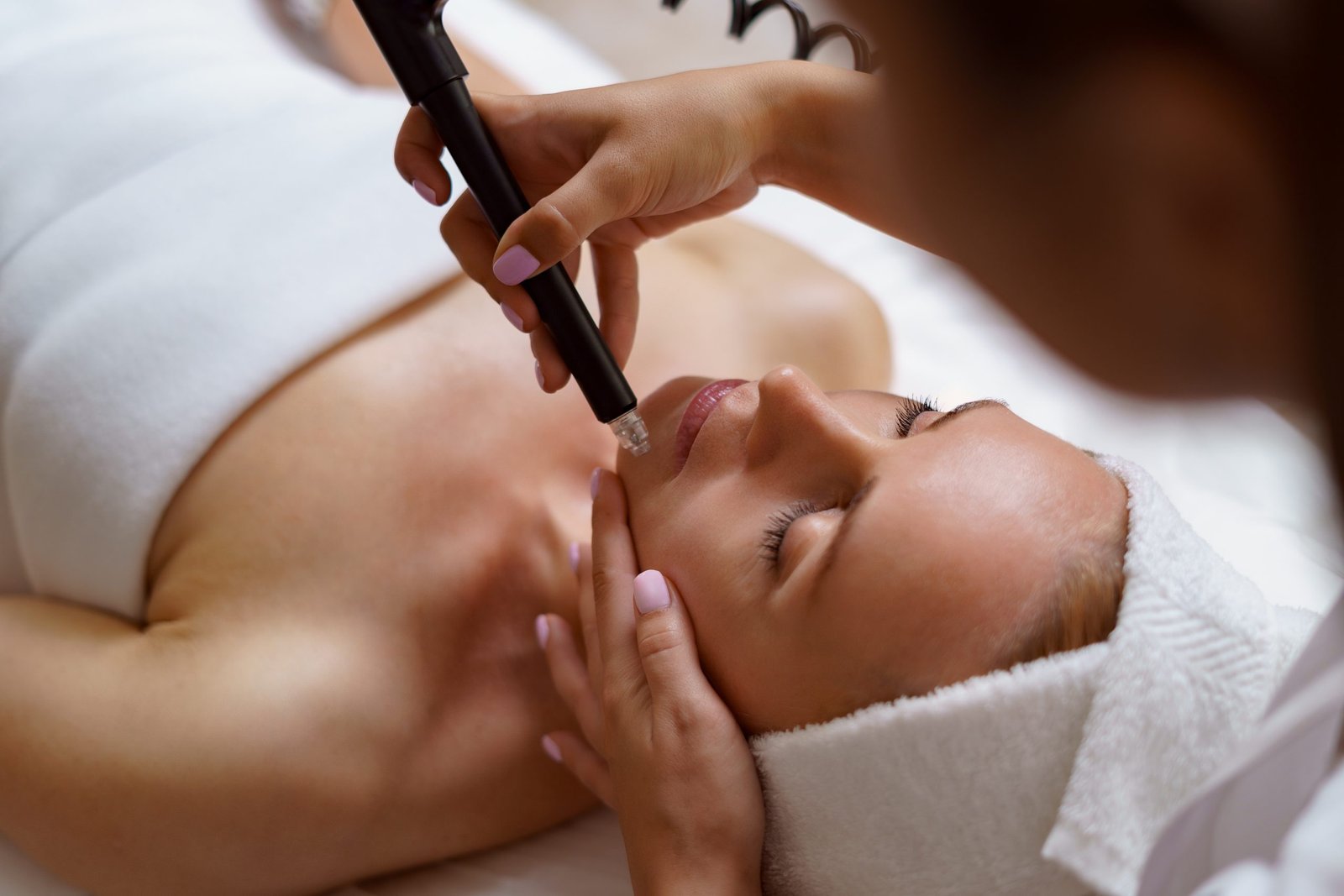
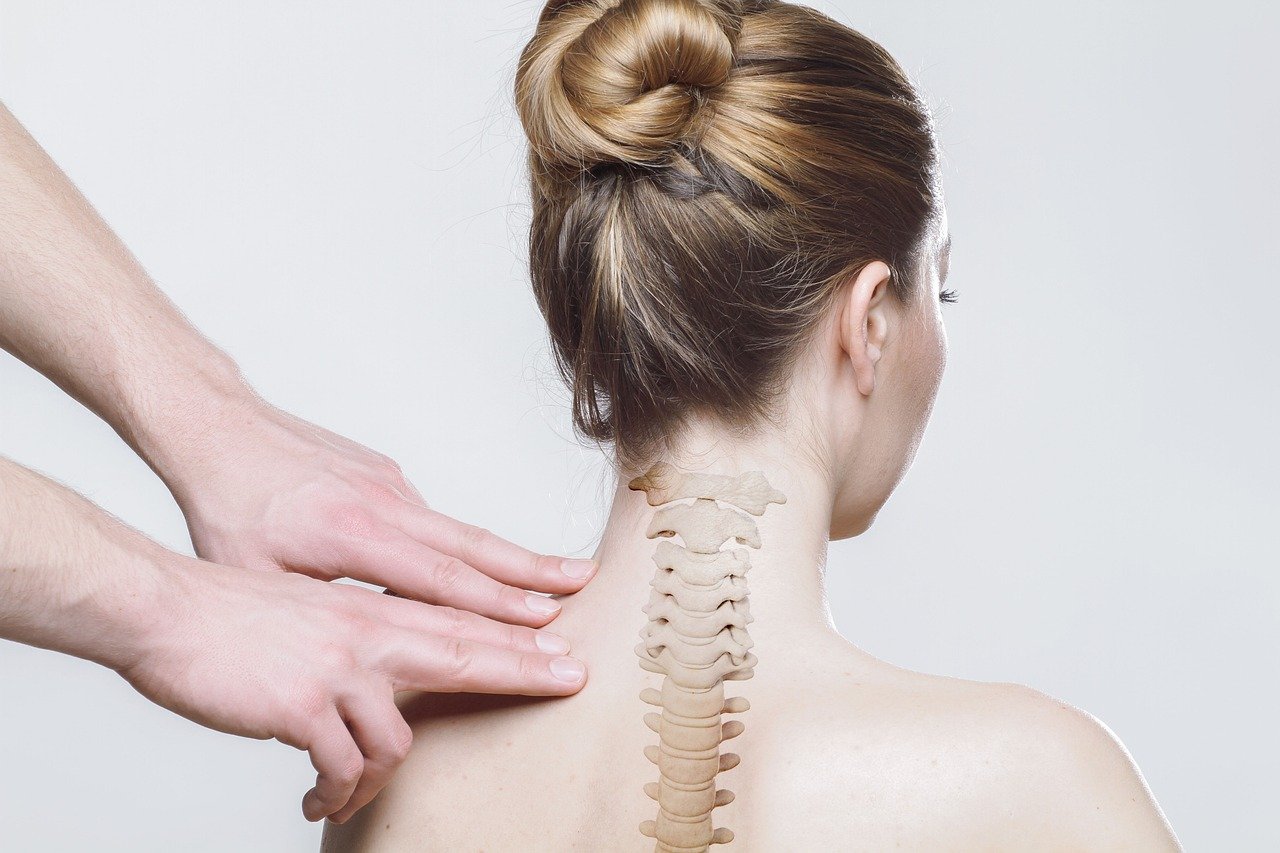
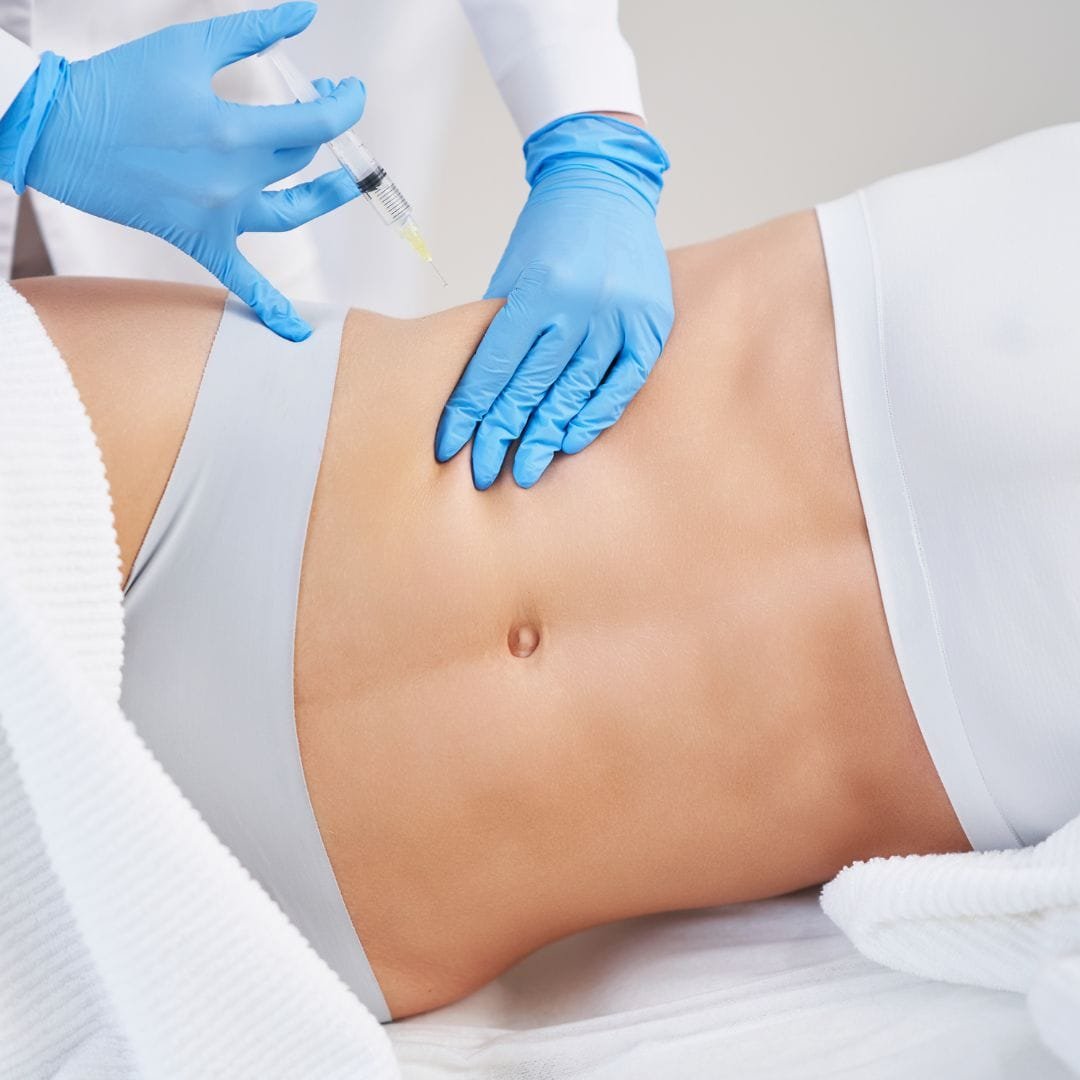
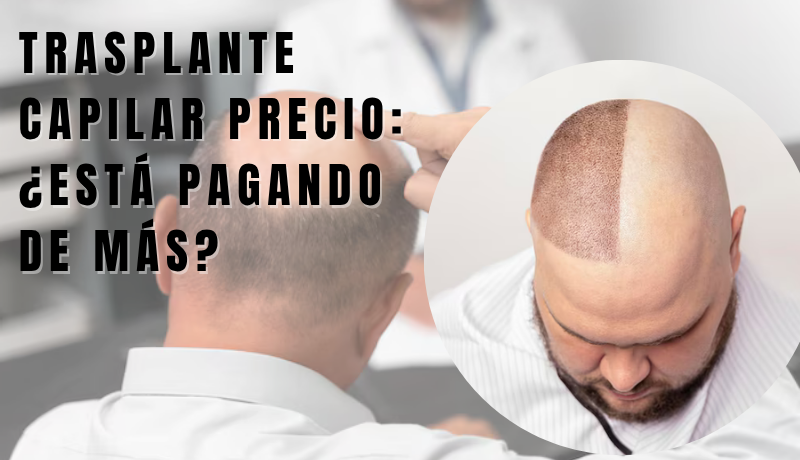
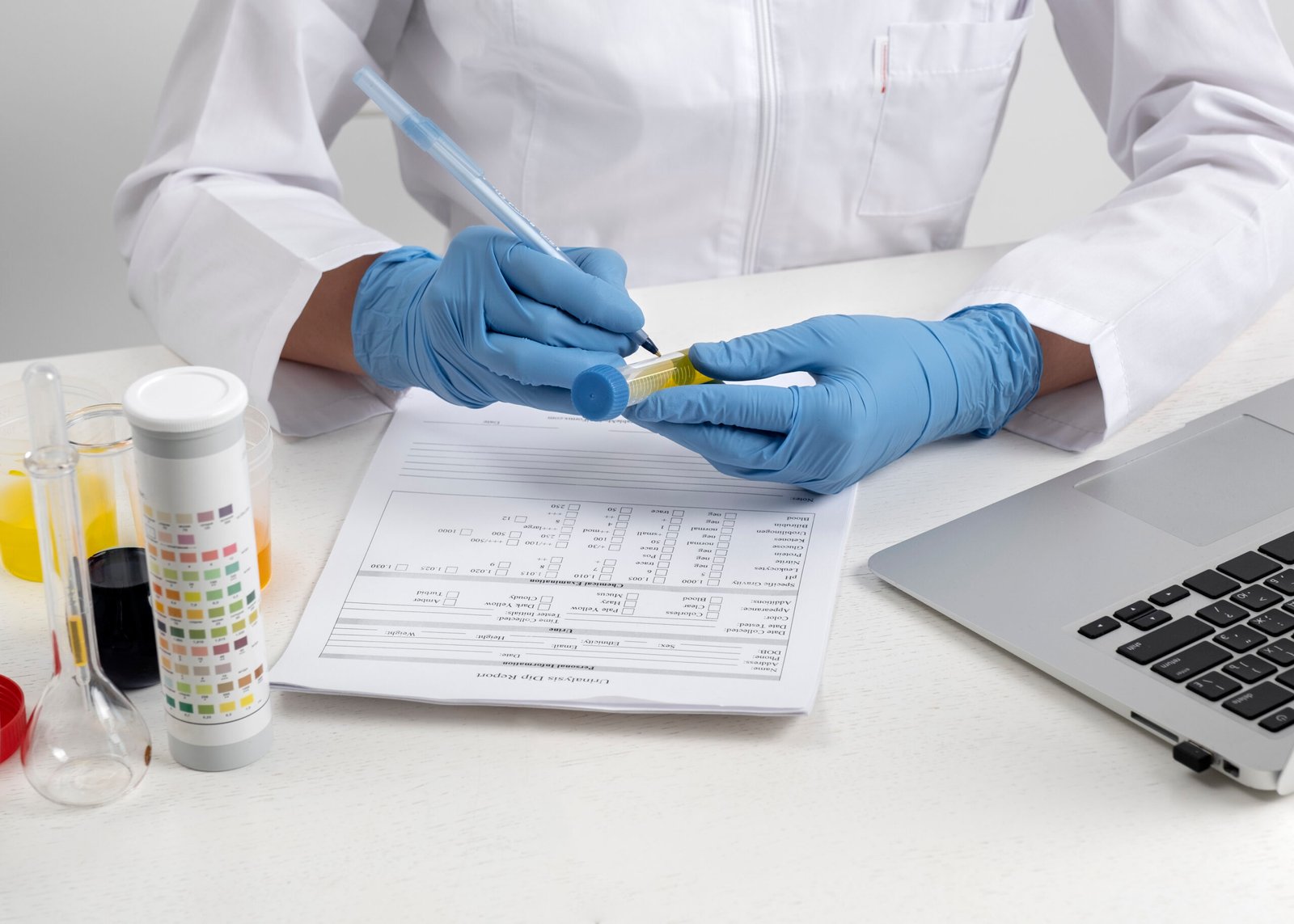
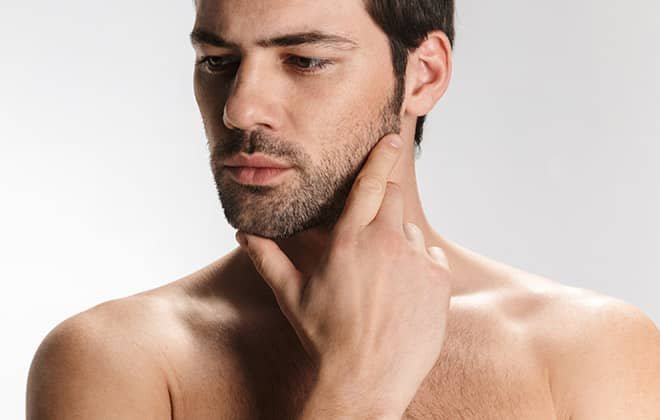
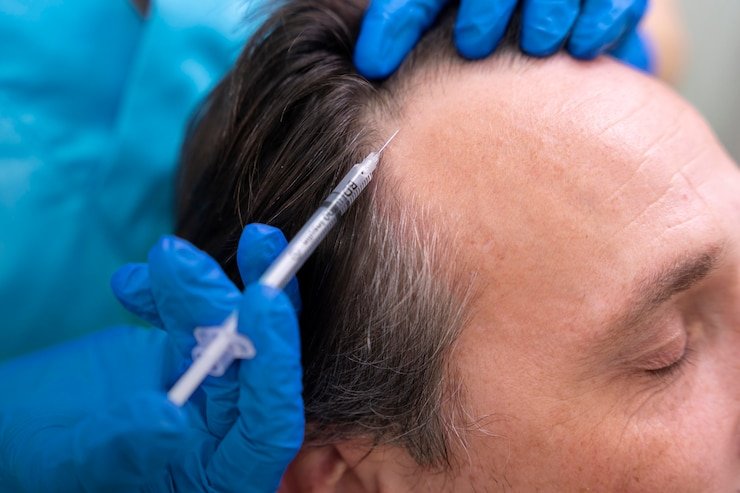
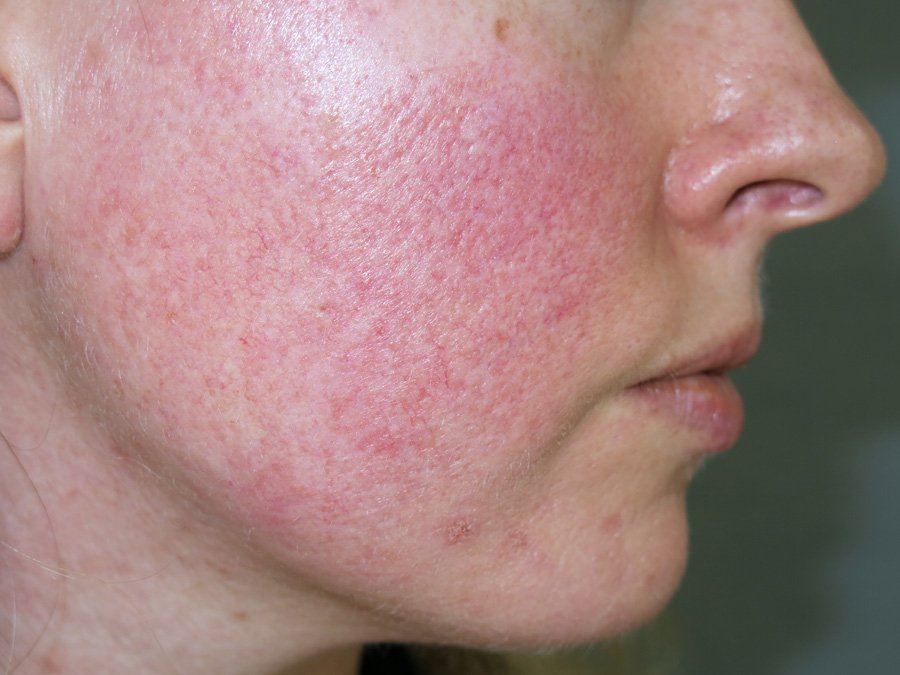
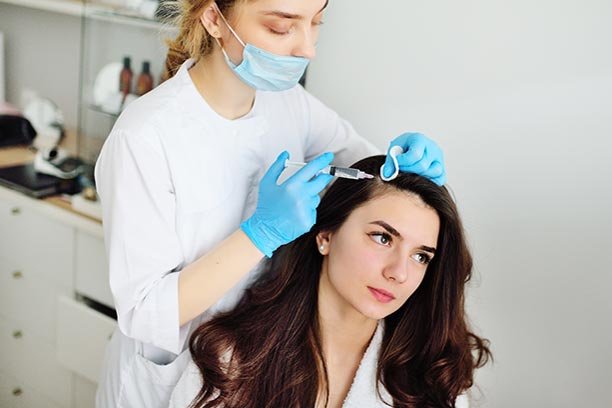
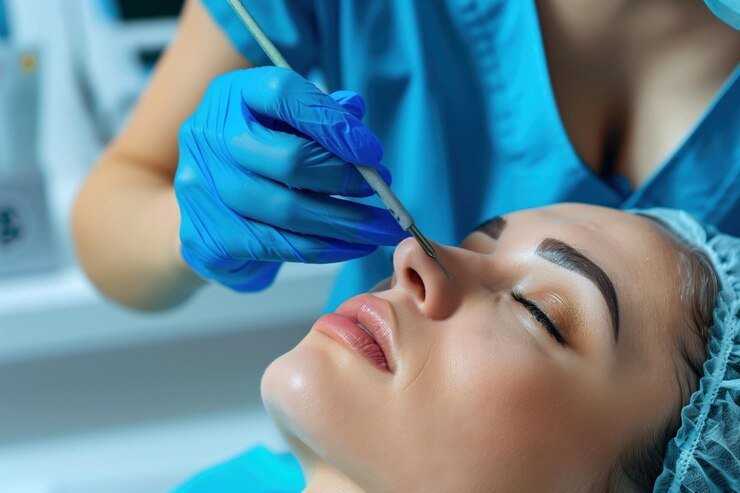
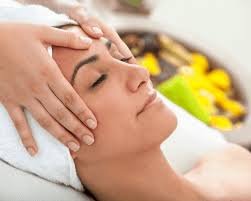



Leave a Reply